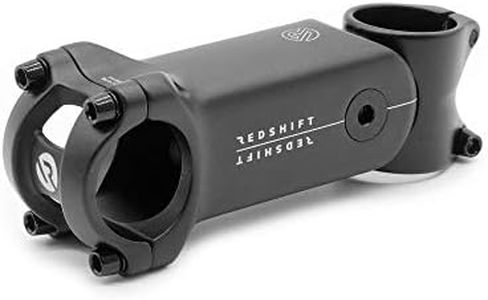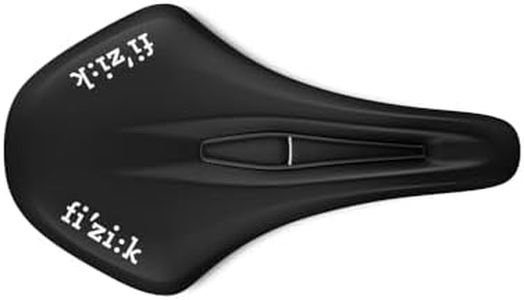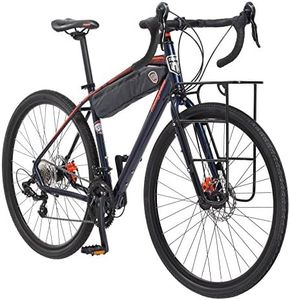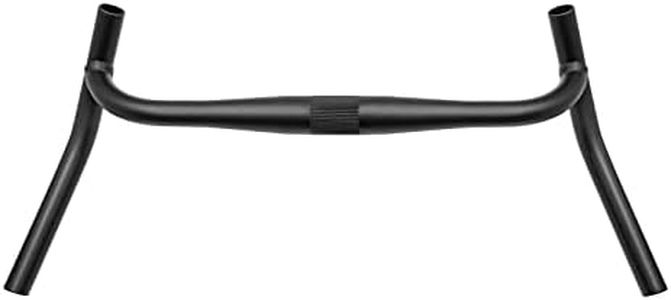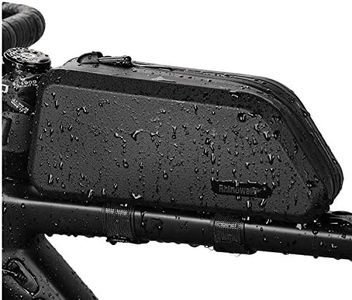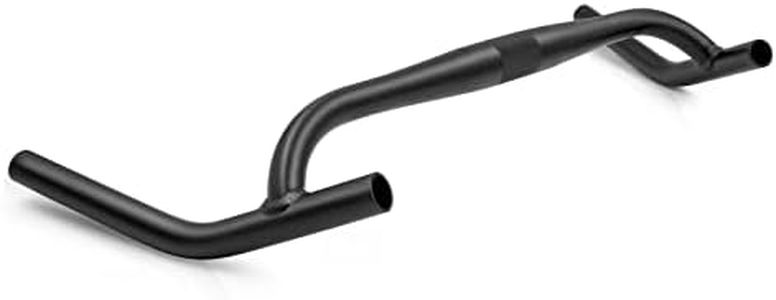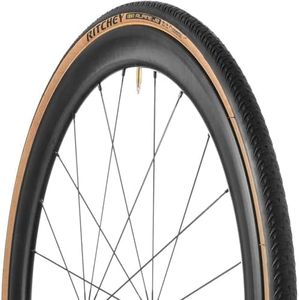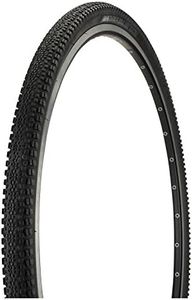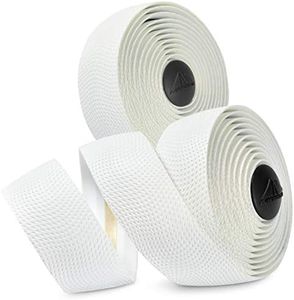We Use CookiesWe use cookies to enhance the security, performance,
functionality and for analytical and promotional activities. By continuing to browse this site you
are agreeing to our privacy policy
10 Best Gravel Bikes
From leading brands and best sellers available on the web.Buying Guide for the Best Gravel Bikes
Gravel bikes are designed to be versatile, handling both smooth pavement and rough off-road terrain. When shopping for a gravel bike, it's important to think about what kind of riding you plan to do most—whether that's long-distance touring, occasional trail adventures, or everyday commuting. Understanding the main specifications will help you find a bike that feels comfortable, performs well for your needs, and is enjoyable to ride.Frame MaterialThe frame material is what the bike's main structure is made from, and it affects weight, durability, comfort, and cost. Common materials include aluminum, steel, carbon fiber, and sometimes titanium. Aluminum frames are lightweight and affordable, making them good for most riders and general use; steel is heavier but offers more comfort and strength, ideal for long rides or carrying loads; carbon fiber is very light and gives a smooth ride, suitable for performance-oriented riders. To pick the best one for you, think about whether you prioritize a light, agile bike for speed or a sturdier, more comfortable ride for distance or rough trails.
Tire ClearanceTire clearance tells you how wide a tire the bike can accommodate. This is crucial because wider tires give you better grip, comfort, and control on rough roads, while narrower tires are lighter and roll faster on pavement. Gravel bikes usually fit tires from about 32mm up to 50mm. If you plan more off-road or mixed-terrain riding, look for a bike with wider tire clearance, while if you're mostly on smooth roads, narrower clearance can be just fine.
GearingGearing refers to the number and range of gears the bike has, and it affects how easily you can ride up hills or pick up speed. Gravel bikes have different gearing setups, from single-ring (1x) systems to double-ring (2x) systems. A wider range of gears is useful for steep hills or carrying gear, while fewer gears may be simpler and lighter. Your choice should reflect the kinds of terrain you expect to tackle—choose a wider range for hilly or mixed areas, and a simpler setup for flat or urban riding.
BrakesThe type of brakes, often disc brakes on gravel bikes, determines stopping power and performance in different weather conditions. Mechanical disc brakes are simple to maintain and good for most uses, while hydraulic disc brakes provide more precise and powerful braking, especially in mud or rain. If you ride in wet or off-road conditions a lot, hydraulic brakes might make you feel safer and more in control, but for casual or dry riding, mechanical brakes are usually enough.
Mounts and AttachmentsThese are extra points on the frame for attaching racks, fenders, and bottle cages. If you plan to carry gear, go on bikepacking trips, or ride year-round with mudguards, it's crucial to have enough mounts. Check whether the bike offers space for everything you might want to attach—choose more mounts if you want to use the bike for commuting or trips, but fewer are needed for lightweight or short rides.
GeometryBike geometry refers to the shape and angles of the frame, affecting comfort and handling. Gravel bikes may have a more relaxed geometry for comfort and stability on long rides or rough ground, or a sportier, racier geometry for speed and agility. Consider your main goals—a relaxed geometry is best for comfort on long days or rough trails, while racier geometry is more fun for going fast or competitive rides.
